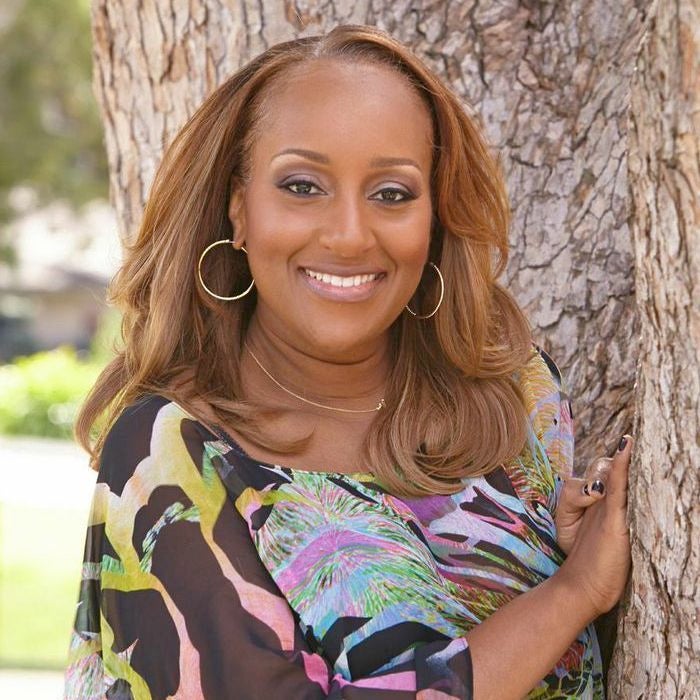
The technology through which we experience music has advanced significantly over the last century: The phonograph and gramophone in the late 1800s, the cassette and 8-track in the 1960s, the CD in the 1980s, the MP3 in the 1990s, and today digital downloads and digital streams. Clearly the digital evolution has been disruptive to the established business models. However, just as technology has evolved to reflect the times in which we now live, so must music evolve to awaken, inspire, empower and heal humanity. That’s the power of music.
Music is the most powerful medium for communication. It transcends the boundaries of language, bridges cultures and unites class simply by how it makes us feel. Think about it. Most of us can recall exactly where we were, what we were doing, whom we were with and most importantly how we felt when we heard a particular song. Music has a visceral effect, bypassing the head’s intellect and piercing our emotional core, the heart. That’s the emotional power of music.
Historically, music has boosted morale and inspired happiness during the most dire circumstances. From the Negro spirituals that served as a soothing distraction during slavery times, and the jazz of Louis Armstrong, Charlie Parker and Duke Ellington during the Great Depression, to the inspirational calypso and work songs of Harry Belafonte and the gospel hymns of Mahalia Jackson during the early civil rights movement to the newer generations of voices that demanded respect, freedom and equality in songs like Aretha Franklin’s “Respect,” James Brown’s “Say it Loud – I’m Black and I’m Proud,” to Marvin Gaye’s “What’s Going On” and Public Enemy’s “Fight the Power” – the music of these messengers and countless others helped us through the toughest of times. That’s the liberating power of music.
I was born into a family full of artists. My siblings are all professional singers, musicians and songwriters. The closest I came to being a performing artist was when my cousins and I would put on “concerts” for the family. I might sing a song or two but I was always the organizer and facilitator. As the only girl in the bunch, I’d corral my boy cousins to strum their tennis rackets as guitars to the Brothers Johnson’s “Strawberry Letter 23” and create seating charts and tickets from notebook paper, folded and neatly torn into eighths for our “sold out” show in my Aunt Barbara’s basement. While my cousins and I were selling out to all eight of our family in attendance, my eldest sister, Yvette, professionally known as Chaka Khan, was selling out shows to thousands all over the world and my sister Yvonne, professionally known as Taka Boom, was also enjoying a thriving career as a singer. Music was such an influence in our family that my eldest sister was named after the Max Roach song “Yvette” and she then named me after the Debbie Reynolds song “Tammy’s In Love.” Music was just as much a constant inside our home as it was outside of it. It was everywhere: on our turntable; on the radio in our car; on the blaring speakers that beckoned us to come inside of the incense fragranced, glow-in-the-dark velvet poster shop around the corner and at our family picnics in the park. Whatever we were doing and wherever we were, music helped to define the experience. That’s the defining power of music.
I have always been intrigued by the effect that I’ve witnessed music has on people. In college, I worked with the organization that produced the concerts on campus. Working with artists at the University of California-Berkeley gave me a totally different perspective. I knew that my family was gifted, but at Cal I became aware that music had the power to heal and that through their messaging, artists could change this world for the better. I knew then that I wanted to support, guide and counsel artists to create meaningful music that would make a positive impact on others.
This was my inspiration for creating and managing pop music’s first multi-racial inspirational teen girl group, Pretty In Pink, featuring my niece, Milini Khan (before the Spice Girls and all the rest that followed)! Pretty In Pink was signed to Motown Records and landed on three Billboard magazine charts for 13 weeks. I later began managing the career of one of the most iconic voices of our time, my sister Chaka Khan. Supporting her as she inspired millions around the world with her voice and message of empowerment is what I found most fulfilling as a manager. That’s the inspirational power of music.
Artists are the messengers of truth. There is a direct correlation between the messages that artists deliver in song, film and television programs and the world that is manifest. In this respect, artists have a greater influence on society than politicians do. The state of our world is a macrocosm of the state of our country. In many respects the music industry is a microcosm of both and the same imbalance pervades them all.
That imbalance is between the feminine and the masculine. I’m not talking gender. I am speaking of the imbalance between the feminine energies of spirituality, compassion, empathy, emotion, creativity and collaboration and the masculine energies of logical thought, competition, determination, action, control and capitalism.
Leadership has by and large been a masculine undertaking and has dictated the way we have ruled the world, countries, business and even families. For example, let’s look at the traditional music business: Record companies determined which artists were signed and promoted. They controlled when and how an artist’s fans experienced their music. They created and supported competitive forums like award shows and music charts and took actions they believed to be necessary to maintain and grow their bottom lines financially.
On the other hand, artists, who innately represent the feminine aspects of spirituality, compassion, empathy, emotion, creativity and collaboration, have been suppressed to a great extent. Their spirituality, compassion and empathy have been manipulated into the glamorization of a material lifestyle of drug use, trafficking and sexual objectification. Their creativity has been stifled by the need to have “marketability” and their collaboration inhibited by the false idea of competition. How can there be competition in the unique expression of music?
While the Internet has proven to be a major disruptor that is massively demonized, its advent has ushered in the release of much of the suppression of artists and has allowed for a balance to be restored. Artists can now freely create music at a fraction of the cost, they can have a direct relationship with their fan base and they can monetize that relationship all while powerfully impacting the world. In this way, a healthy balance of both the feminine and masculine energies, which is critical for our sustainability and existence as a species, can be achieved.That’s the sustainable power of music.
As I began to research the mechanics behind how music can have such a powerful impact, I discovered that indigenous people around the world have used music and sound frequencies for thousands of years to actually heal. They did this by shifting people from a condition of imbalance to one of balance simply by utilizing various sound frequencies both vocally and with instruments. That’s the balancing power of music.
I recently hosted a retreat for artists where we had what is called a “sound bath” with crystal singing bowls. Like the ancient Tibetan bowls, crystal singing bowls are used as a healing modality. Alternative medical practitioners often use sound baths to assist the body in self-generative healing. The bowls are “sung” by gently sliding a rubber or suede mallet along the outside of the bowl. The pure tones that the bowls emit help to bring the mind to a clear state of awareness and restore balance to an imbalanced body. Each of us experienced significant shifts through this experience, some as simple as reaching a deep meditative and relaxed state, others as profound as the eradication of pain that had been in the body for years. Exploring the many possibilities of using sound and music to heal has now become my passion. Imagine going to a concert not just to be entertained but to be physically healed! That’s the healing power of music.
If the artist community consciously used music and sound to heal, we could ignite a modern-day renaissance and initiate global transformation. That’s the next evolution in music – not a new rhythm or a new sound but ancient, healing sound frequencies.
Now more than ever we need artists (as well as those who support them) who understand the power of music to take responsibility, come to the fore and light the pathway to peace and prosperity for all. Our future depends on it. That’s the power and the purpose of both music and artistry.
Tammy McCrary has more than 25 years of experience as an accomplished entertainment business executive, innovative artist manager, non-profit sector leader, brand strategist and Number One, best-selling author. Tammy is the co-author of the book Succeeding Through Doubt, Fear and Crisis and the soon-to-be-released book, The Power of The Artist. Tammy established Artistology and the Artistology Academy to support the conscious artist through inspirational retreats, workshops and courses that empower artists to heal and transform our world by positively influencing culture and society. Tammy’s essay, “The Healing Power of Music,” is part of the Living Legends Foundation’s series on “The State of Black Music and Beyond.”
